


![]()

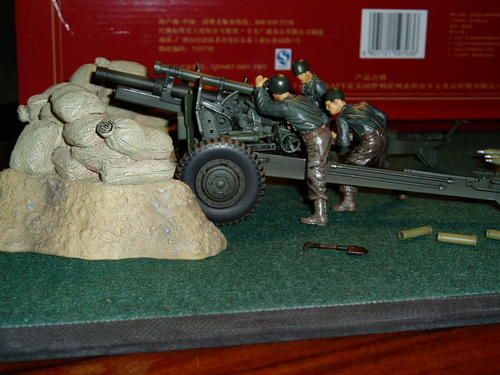
![]()

1st Infantry Division (Mechanized)
"Big Red One" "Duty First"
The 1st Infantry Division is the oldest continuously serving division in the United States Army. The Big Red One (as the Division is commonly known) has had many roles that helped shape the country's history. The First Division was enacted into the U.S. Army as Headquarters, First Expeditionary Division, May 24, 1917. It was organized in May 1917 from Army units then in service on the Mexican border and at various Army posts throughout the United States. It was officially organized June 8, 1917, under the command of Brig. Gen. William L. Sibert. The first units sailed from New York and Hoboken, N.J., June 14, 1917.
Upon arrival in France, the Division, less its artillery, was assembled in the First (Gondrecourt) training area, and the artillery was at Le Valdahon. On the 4th of July, the 2nd Battalion, 16th Infantry, paraded through the streets of Paris to bolster the sagging French spirits. At Lafayette's tomb, one of General Pershing's staff uttered the famous words, "Lafayette, we are here!" Two days later, July 6 , the First Expeditionary Division was redesignated as the First Infantry Division.
On the morning of Oct. 23, the first American shell of the war was sent screaming toward German lines by a First Division artillery unit. Two days later, the 2nd Bn., 16th Inf., suffered the first American casualties of the war. The last major World War I battle was fought in the Meuse-Argonne Forest. The Division advanced seven kilometers and defeated, in whole or part, eight German divisions. The war was over when the Armistice was signed. The Division was at Sedan, the farthest American penetration of the war. The Division was the first to cross the Rhine into occupied Germany. By the end of the war, the Division had suffered 22,668 casualties and boasted five Medals of Honor winners.
The 1st Infantry Division entered World War II at Oran, North Africa, as part of the "Torch" Invasion, the first American campaign against Germany. On Nov. 8,1942, following training in the United Kingdom, men of the First Division landed on the coast of Algeria near Oran. The initial lessons of combat were harsh and many men were casualties in the following campaign in Tunisia. On May 9, 1943, the commander of the German "Afrika Korps" surrendered his force of 40,000.
The Division then moved on to take Sicily in "Operation Husky." The1st Division stormed ashore at Gela, July 10, 1943, and quickly overpowered the preliminary Italian defenses. On D-Day, June 6,1944, the Big Red One stormed ashore at Omaha Beach. Soon after H-Hour, the Division's 16th Regiment was fighting for its life on a strip of beach near Coleville-sur-Mer.
The beach was so congested with the dead and dying, there was no room to land reinforcements. Col. George Taylor, commander of the 16th Infantry Regt., told his men, "Two kinds of people are staying on this beach! The dead and those who are going to die! Now, let's get the hell out of here!" Slowly, the move inland got underway.
The Division continued its push into Germany, crossing the Rhine River. On Dec. 16, 24enemy divisions, 10 of which were armored, launched a massive counterattack in the Ardennes sector, resulting in what became known as the Battle of the Bulge. On Jan. 15, 1945, the First Infantry attacked and penetrated the Siegfried line for the second time and occupied the Remagen bridgehead. On Easter Sunday, April 1, 1945, the Division marched 150 miles to the east of Siegen.
On April 8, the Division crossed the Weser river into Czechoslovakia. The war was over May 8, 1945. At the end of World War II, the Division had suffered 21,023 casualties and 43,743 men had served in its ranks. Its soldiers had won a total of 20,752 medals and awards, including 16 Congressional Medals of Honor. Over 100,000 prisoners had been taken. Following the war, the First Divisionremained in Germany as occupation troops, until 1955, when the Division moved to Fort Riley, Kansas.
![]()

.

2

3

4
![]()


01 - M1 helmet
02 - M1934 shirt
03 - M1934 sweatshirt
04 - M1941 trousers
05 - Service boots
06 - M1938 leggins
07 - M1926 life belt
08 - M1937 ammo belt
09 - M1924 personal dressing
10 - M1910 canteen
11 - Gas mask bag
12 - M1918A2 Browning Automatic Rifle with M1907 belt
13 - Armband
14, 15 - Translator
16 - Shoulder badges:
A - 1st Armoured
B - 2nd Arm
C - 3rd Infantry
E - 34th Inf
F - 1st Inf
105mm Howitzer
In 1919, the Westervelt Board recommended the development of a howitzer of about 105 mm calibre, firing a projectile weighing 30 to 35 lb (13.61 to 15.87 kg) with a maximum range of approximately 12,000 yards (10,973 m).
The carriage would permit elevation of the howitzer from -5 to +65?, and a total traverse of 360?. In addition the carriage would have to accept a 75 mm gun. Development of the 105 mm howitzer M1920, 105 mm Howitzer Carriage M1920E (split trails) and the 105 mm Howitzer Carriage M1921E (box trail) followed. The M1921E was considered the superior of the two carriages and was then developed to become the M1925E1 while the howitzer became the M1925E.
A further howitzer was developed, at the same time, under the designation T2 and a further carriage also under the designation of the T2. In 1928, these were standardised as the 105 mm Howitzer M1 and the 105 mm Howitzer Carriage M1 but, owing to a shortage of funds, neither was placed in production. In 1934, the M1 howitzer was modified enabling it to fire fixed ammunition. It was subsequently standardised as the 105 mm Howitzer M2.
This, when modified for mounting on the M2 carriage, was standardised as the 105 mm Howitzer M2A1 in March 1940. In 1933, it was decided to redesign the existing M1 carriage, but three years later the decision was taken to develop new carriages under the designation of the T3 and the T4. The T4 was found to be the better of the two and further development resulted in the T4E1 and finally the T5. The T5 was standardised as the 105 mm Howitzer Carriage M2 early in 1940. Shortly afterwards the 105 mm Howitzer Carriage M2A1 was standardised.
By the end of the Second World War, 8,536 105 mm towed howitzers had been built and post-war production continued at Rock Island Arsenal until 1953, by which time 10,202 had been built. In 1985 the US Army had six M101 and 494 M101A1 howitzers in its inventory. The M101 105 mm howitzer was replaced in US Army service by the M102 howitzer which in turn has now been replaced by the British Royal Ordnance 105 mm Light Gun.
Description
After the Second World War the complete weapon was redesignated the Howitzer, Light, Towed: 105 mm, M101 and M101A1. The M101 consists of Cannon M2A1 or M2A2, Carriage M2A1 and Recoil System (M2A1, M2A2, M2A3, M2A4 or M2A5). The M101A1 is identical apart from an M2A2 carriage. The difference between the Cannon M2A1 and the M2A2, is that the M2A1's muzzle end is straight and the M2A2's is bell-shaped.
The M2A2 carriage is fitted with a main shield group composed of right and left upper and lower shields, right and left top flaps, a bottom flap, and left and right auxiliary shields; while the earlier M2A1 is equipped with left and right main shields and a top shield. The barrel consists of the barrel assembly, breech ring and locking ring. The carriage is of the single axle split trail type with a drawbar for securing to the prime mover.
The carriage consists of the equilibrator, shield, elevating mechanism, cradle gears, elevating arcs, traversing mechanisms, top carriage, wheels and trails. Fire-control equipment consists of a Telescope Elbow M16A1D with a magnification of x3 and a 13? field of view, a Telescope Panoramic M12A7S with a magnification of x4 and a 10? field of view and Quadrant M4A1.
The M101 fires the following semi-fixed ammunition: APERS-T (M546) with the complete round weighing 17.35 kg, maximum muzzle velocity of 504 m/s and a maximum range (charge 7) of 11,600 m HE (M1) with the complete round weighing 21.06 kg, maximum muzzle velocity of 472.4 m/s and a maximum range (charge 7) of 11,270 m HE (M444) (carries 18 M39 grenades) with the complete round weighing 19.05 kg, maximum muzzle velocity of 472.4 m/s and a maximum range (charge 7) of 11,270 m HEP (M327) with the complete round weighing 15.17 kg, maximum muzzle velocity of 559 m/s and a maximum range of 8,685 m HERA (M548) (RAP) with the complete round weighing 17.46 kg, maximum muzzle velocity of 548 m/s and a maximum range of 14,600 m Illuminating (M314 series) with the complete round weighing 21.06 kg, maximum muzzle velocity of 472.4 m/s and a maximum range (charge 7) of 11,270 m Smoke (M60 series) with the complete round weighing 19.46 kg, maximum muzzle velocity of 472.4 m/s and a maximum range (charge 7) of 11,270 m Smoke (M84 series) with the projectile weighing 19.03 kg, maximum muzzle velocity of 472.4 m/s and a maximum range of 11,270 m APERS-T (M546) with a maximum range of 11,600 m.
![]()

OTHER 105 MM
W.BRITAIN MODEL METAL SOLDIER'S
REAL SCALE 1/30
![]()
| Calibre | 105 mm |
| Barrel length | (muzzle to rear face of breech ring) 2.574 m (bore) 2.363 m |
| Muzzle brake | none |
| Recoil system | hydropneumatic |
| Breech mechanism | horizontal sliding wedge |
| Carriage | split trail |
| Shield | yes |
| Weight | (travelling order, M101) 2,030 kg (travelling order, M101A1) 2,258 kg (firing position, M101) 2,030 kg (firing position, M101A1) 2,258 kg |
| Length | (travelling) 5.991 m |
| Width | (travelling) 2.159 m (firing) 3.657 m |
| Height | (travelling, M101) 1.524 m (travelling, M101A1) 1.574 m (firing) 3.124 m |
| Ground clearance | 0.356 m |
| Track | 1.778 m |
| Elevation/depression | +66°/-5° |
| Traverse | (total) 46° |
| Rate of fire | (max) 10 rds/min (sustained) 3 rds/min |
| Max range | 11,270 m |
| Crew | 8 |



.


![]()


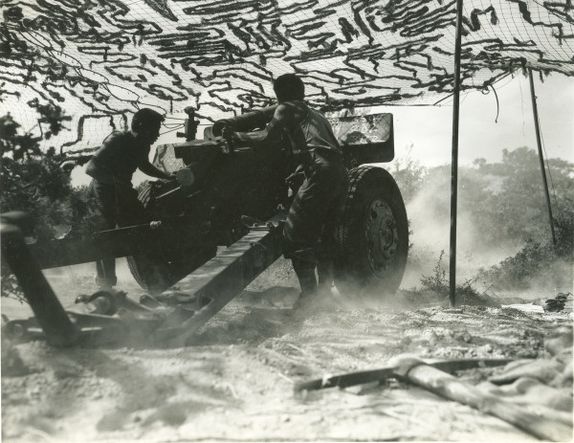
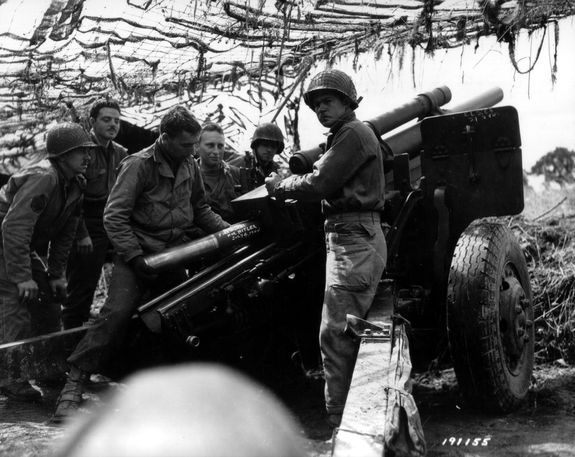
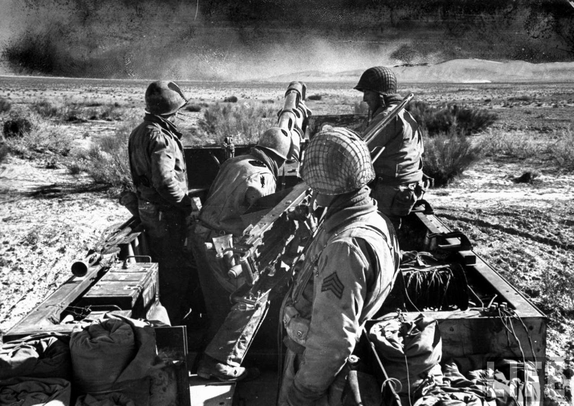
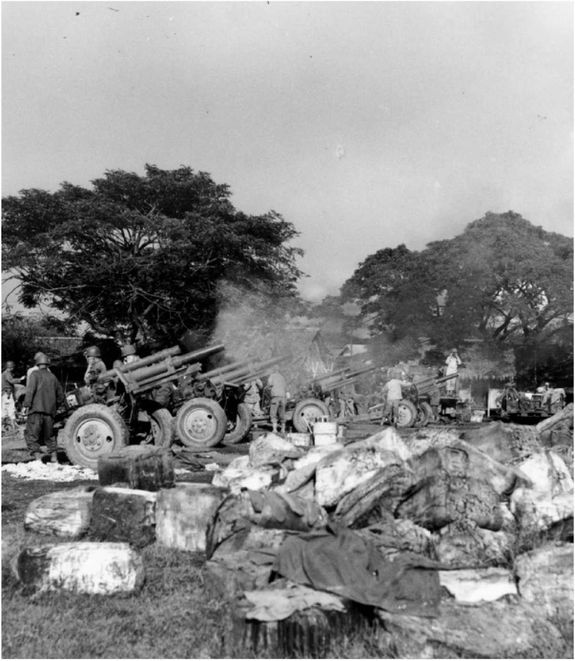
![]() M3
M3


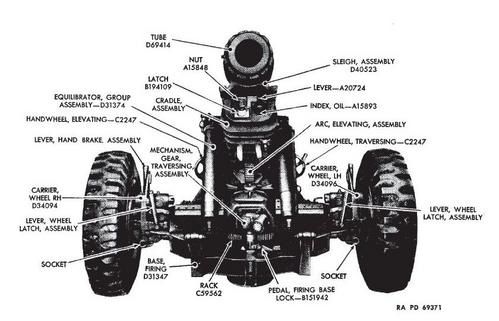
![]()
![army.mil-2007-07-03-090952 thumb[4]](http://idata.over-blog.com/0/39/65/84/big-one/army.mil-2007-07-03-090952_thumb-4-.jpg)
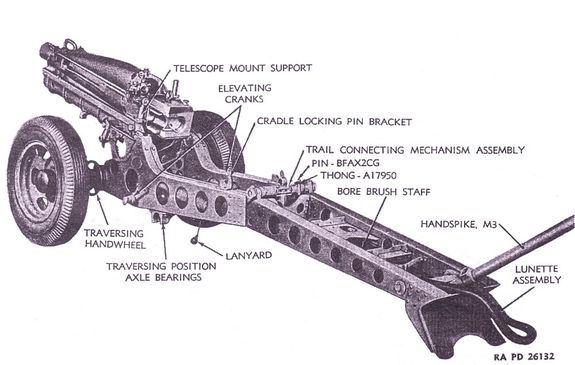
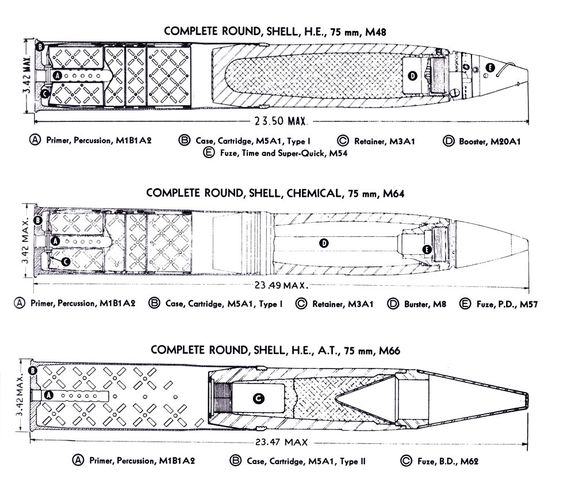
![]()

![]()
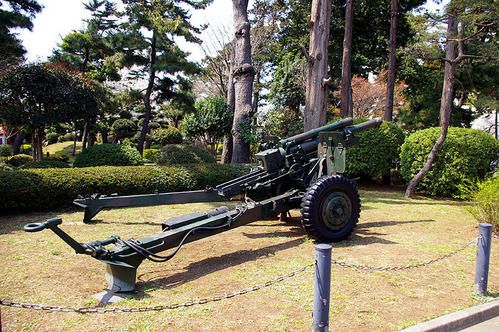
![]()
.





















/idata%2F0396584%2FKOREA%2F71910_korea_MIA1_800.JPG)
/idata%2F0396584%2FU.S.ARMY-POST-WW2%2Fphot4901a.jpg)
/idata%2F0396584%2FDRAWINGS-UNIFORMS-WW2%2F30-451-09b-2.jpg)
/idata%2F0396584%2FP-40%2F44FS000.jpg)
/idata%2F0396584%2FGERMAN-U-BOAT%2FBundesarchiv_Bild_101II-MW-1031-28-_Lorient-_U-31.jpg)
/idata%2F0396584%2FSOVIET-ARMY-WW2%2F1.jpg)




